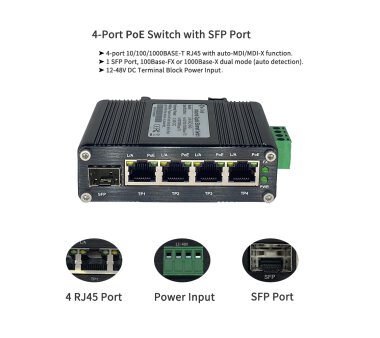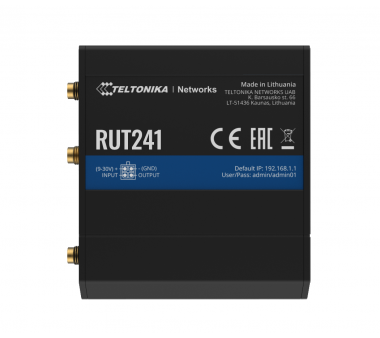Teltonika Networks Powerful industrial routers for demanding applications – buy online from Europe's leading wholesaler https://voip.world, the online shop of VoIPDistri.com
Teltonika Networks is a globally recognized manufacturer of professional networking equipment for industrial, IoT, and M2M applications. The product range includes robust and reliable devices such as LTE/5G routers, gateways, switches, and modems – all designed for deployment in challenging environments. Key features like industrial-grade quality, multi-WAN redundancy, remote management via Teltonika RMS, and a long-term supported operating system (RutOS) make Teltonika the top choice for professional network infrastructures.
As an official Teltonika Networks distribution partner, voip.world – a E-Commerce-Shop by VoIPDistri.com – Voice over IP Distribution – offers the full range of Teltonika Networks products with a strong focus on personalized consulting, technical expertise, and comprehensive project support.
Important Note: Teltonika Does Not Provide End-Customer Support
Please note: Teltonika Networks does not offer direct support to end customers. Technical support and consultation are exclusively provided through official distribution partners like voipdistri.com. While many resellers offer Teltonika devices, they often lack the ability to provide expert support – especially for complex applications, system integration, or advanced networking setups.
Both business and private customers should ensure they purchase through an authorized partner – to avoid being left without assistance when it comes to setup, compatibility, or technical issues.
VoIPDistri.com (https://voip.world) – Your Solutions Partner for Teltonika Networks & VoIP Technology
VoIP.world is not a typical webshop – we position ourselves as a solution-oriented specialist provider that not only sells but supports. Our platform is available in both German and English and serves:
- IT resellers & system integrators
- Industrial customers & public sector
- Small and medium-sized companies (SME)
- Demanding private customers
Our experienced team is here to help you make the right purchase decision. Especially when it comes to Teltonika routers, there are many technical factors to consider – from antenna selection, SIM compatibility, VPN configuration, failover concepts, to appropriate power supply units. We provide honest and competent advice in advance so that you receive the ideal solution for your specific application.
Our Services at a Glance:
- Official Teltonika Networks distribution partner
- Personalized consulting & project support
- Technical support for both B2B and B2C clients
- Fast delivery from our own warehouse
- Access to exclusive B2B conditions
- Bilingual support (German & English)
- Consulting on Teltonika RMS, RutOS, and network design
Choose expertise and reliability – with Teltonika Networks from VoIPDistri.com (https://voip.world). We provide honest, independent, and solution-oriented consultation.
More technical Information of Teltonika have a look in the wiki page:
https://wiki.teltonika.lt/index.php?title=Network_products















